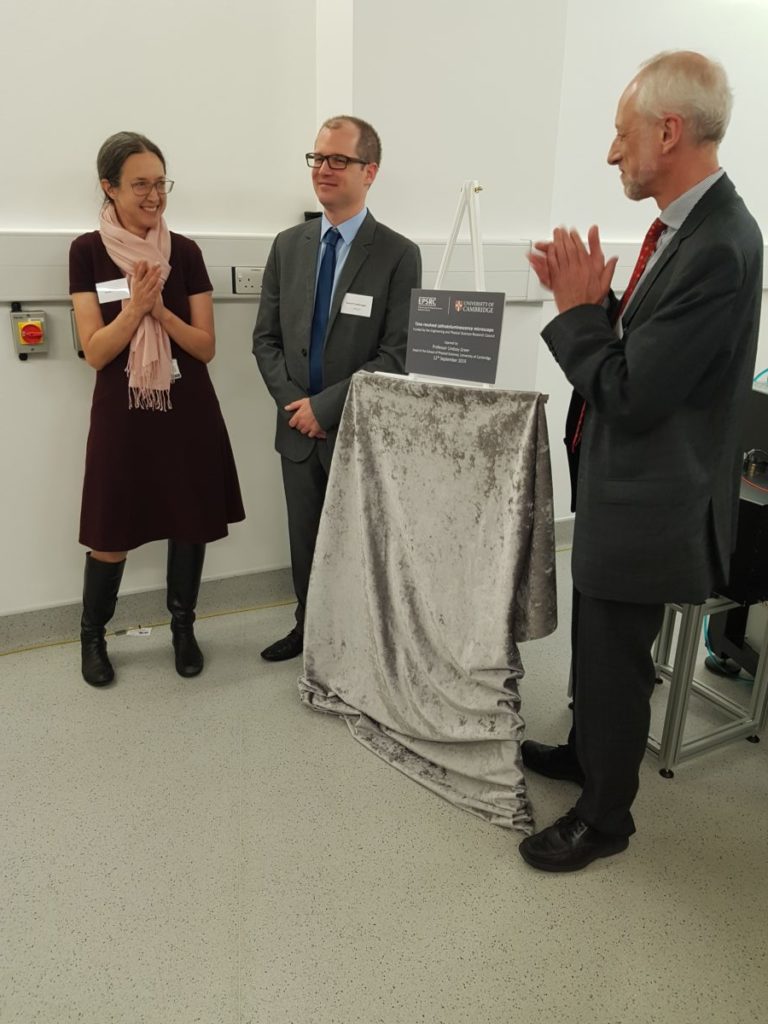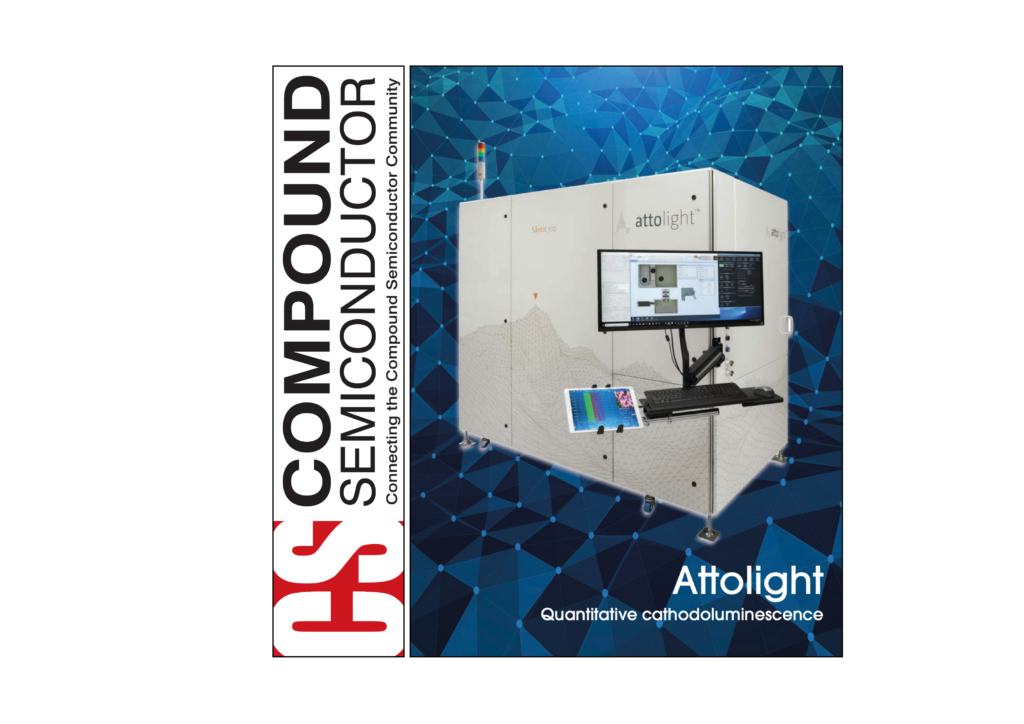Publication in Science : Cathodoluminescence of nanoparticles
The Mönch (https://attolight.com/monch/) is a unique add-on designed to collect or inject light in STEM. In a paper just released in Science, the capability of Mönch to detect luminescence from nanoscale isolated grains demonstrates the collection efficiency on low-emitted samples. This unique feature is due to a large numerical aperture but also to a very short working distance which allows to optimize the optical collection efficiency.
Lightening based on LED (light emitting diodes) has lead to a substantial decrease in energy consumption due to their increased efficiency compared to incandescent bulbs. This was made possible by the development and improvement of new materials in the 1990s, specifically the III-N semiconductor family. Still, much can be gained by the discovery of novel materials, including the improvement of mechanical properties. Recently, lead halide perovskites (LHPs) with composition CsPbX3 (X a halide, such as I, Cl, Br) have attracted intensive focus from the scientific community due to technological advances in the areas of photovoltaics, LEDs, radiation detection, and thermometry. A key limit for their application is their long-term stability and production with the required crystal structure (which controls their electronic and optical behaviour).
In an article published in Science (DOI: 10.1126/science.abf4460), Jingwei Hou (University of Queensland, UQ, Australia) and collaborators report on a new class of composites made of LHPs nanoparticles embedded and protected by metal organic frameworks (MOFs). As the composite contains nanoscale particles, microscopic techniques are needed to identify particles and demonstrate if they are behind the light emission process.
This composite produces bright and efficient photoluminescence (Figure 1). Nanometer scale electron diffraction and spectroscopy showed that indeed CsPbX3 occurred as nanoparticles in the composite (Figure 1). Using Cathodoluminescence at the LPS-CNRS in a scanning transmission electron microscope (ChromaTEM Microscope of the TEMPOS project) equipped with the Attolight Mönch system, the collaboration showed strong luminescence (image bottom left) detected from isolated grains (<40 nm). The light spectrum of the composite (image bottom right) is sharp, which translates to very small interparticle emission wavelength variation.
The findings will enable the manufacture of glass screens that show improved mechanical strength but also deliver crystal clear image quality. Its discovery is a huge step forward in perovskite nanocrystal technology as previously, researchers were only able to produce this technology in the bone-dry atmosphere of a laboratory setting, as the perovskites themselves are extremely sensitive to ambient conditions, including exposure to air, humidity, and light.
Caption: Hybrid lead halid perovskites and metal-organic framework composites show remarkable stability and light emission efficiency (upper left). Nanoscale electron diffraction in a Scanning Transmission Electron Microscope (STEM) allows one to identify the phase of individual CsPbX3 nanocrystals (upper right). Finally, cathodoluminescence (CL) on a STEM demonstrates that light stems from individual nanocrystals (bottom lefet), all with very similar emission spectrum (bottom right).
Reference: Jingwei Hou, et al., Science, 374 6567 (2021).
Cambridge University - Grand Opening
On September 12th, 2019, the Department of Materials Science & Metallurgy of Cambridge University held a Grand Opening Ceremony for their brand-new Allalin Chronos tool.
Prof Rachel Oliver and her team gathered more than 50 researchers from the UK scientific and industrial community, to officially introduce this new tool, funded through an Engineering and Physical Sciences Research Council (EPSRC) grant.
The day started with the official opening ceremony by Prof Lindsay Greer (Head of the School of Physical Sciences), then went on with many talks about the first Cathodoluminescence results obtained on the tool. The results encompassed materials ranging from compound semiconductor materials and devices to perovskite and geological samples, hinting at promising publications to come.
Prof Rachel Oliver followed with the practicalities of access to the tool, which is a shared facility for the UK scientific community.
Attolight warmly thanks Prof Rachel Oliver and her team for their hospitality and the organisation of this great event !

Focus on CL in the Compound Semiconductor Magazine!
With the launch of the Säntis 300 by Attolight, Cathodoluminescence is going to revolutionize the quality control of semi-conductor devices by enabling a quick and non-invasive way to determining alloy compositions, exposing and buried defects and uncovering surface contamination.
Find out the full article about ‘Quantitative cathodoluminescence streamlines chip production’, published in the last issue of Compound Semiconductor Magazine of June 2019.

Attolight in the latest issue of Compound Semiconductor Magazine!
Cathodoluminescence goes from the lab to the fab with our brand new tool, the Säntis 300!
You can read the full article about cathodoluminescence for high-volume manufacturing here, which was published in the Compound Semiconductor Magazine of July 2018.
Attolight's Partners Training
We have been welcoming our partners from all over the world for a training session on our products. After two days of intense work, we treated ourselves with a day of leisure at the lake and a visit of the Castle of Chillon!
It has been a really nice day! Thank you to all of you for coming to Switzerland!




